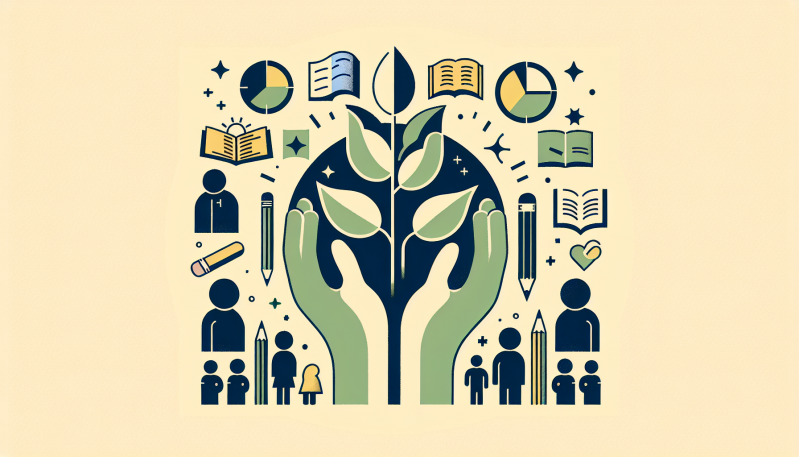In the vast and evolving landscape of education, the emergence of the ‘growth mindset’ philosophy has been a beacon of hope for educators, students, and parents alike. This concept, popularized by psychologist Carol Dweck, has revolutionized how we approach learning, challenges, and personal development. However, embracing a growth mindset is not merely about adopting a new educational buzzword; it entails a profound transformation of the classroom culture that offers both remarkable successes and notable challenges.
A growth mindset refers to the belief that one’s abilities and intelligence can be developed through dedication, hard work, and perseverance. It stands in stark contrast to a ‘fixed mindset,’ the belief that these traits are static and unchangeable. The distinction between the two mindsets is critical as it sets the stage for how students perceive their capabilities and respond to adversity.
For students grappling with mental health issues, academic pressures, and social isolation, a growth mindset can be a lifeline. It provides the framework for understanding that current difficulties do not define one’s potential. Students who learn that their efforts can lead to improvement are better equipped to cope with stress and challenges, thereby enhancing their resilience and well-being.
The real-world impact of growth mindset strategies is tangible and inspiring. For instance, schools that have integrated these approaches report reduced dropout rates, improved academic performance, and healthier student relationships. Case studies highlight how at-risk students have turned their academic trajectories around, and how classrooms have transformed into supportive communities where mistakes are viewed as learning opportunities.
Nevertheless, the development of a growth mindset does not occur in a vacuum. Educators, parents, and peers play pivotal roles. Teachers who embrace these principles become role models of resilience, continuously challenging and supporting their students. Parents who encourage a growth mindset at home create a reinforcement loop, while peers who adopt this approach contribute to a culture of mutual upliftment.
To create an inclusive environment that champions a growth mindset, schools must actively seek to break down barriers that marginalized groups encounter. This involves tailored interventions for students with learning disparities and ensuring that all voices are heard and valued within the school community.
However, there are potential pitfalls and misconceptions to navigate. Some might mistakenly equate a growth mindset with relentless positivity or an oversimplification of the challenges faced by students. Educators must remain vigilant against such oversimplifications and strive to balance high expectations with empathy and support.
Looking ahead, the fusion of growth mindset principles with technology and digital resources presents exciting opportunities. Remote and hybrid learning environments can benefit from apps and platforms designed to personalize and gamify the learning experience, making growth mindset practices more accessible and engaging.
In conclusion, cultivating a growth mindset in educational settings is a journey that requires commitment, creativity, and community. By fostering this approach, we support not just the individual learner but also contribute to a culture of resilience that can weather the challenges of the classroom and beyond. As we chart the course for the future of education, let’s continue to inspire and be inspired by the transformative power of believing in our collective ability to grow and adapt.
To all stakeholders in the educational process—may we all embrace the growth mindset, and together, unlock the boundless potential within each student.



